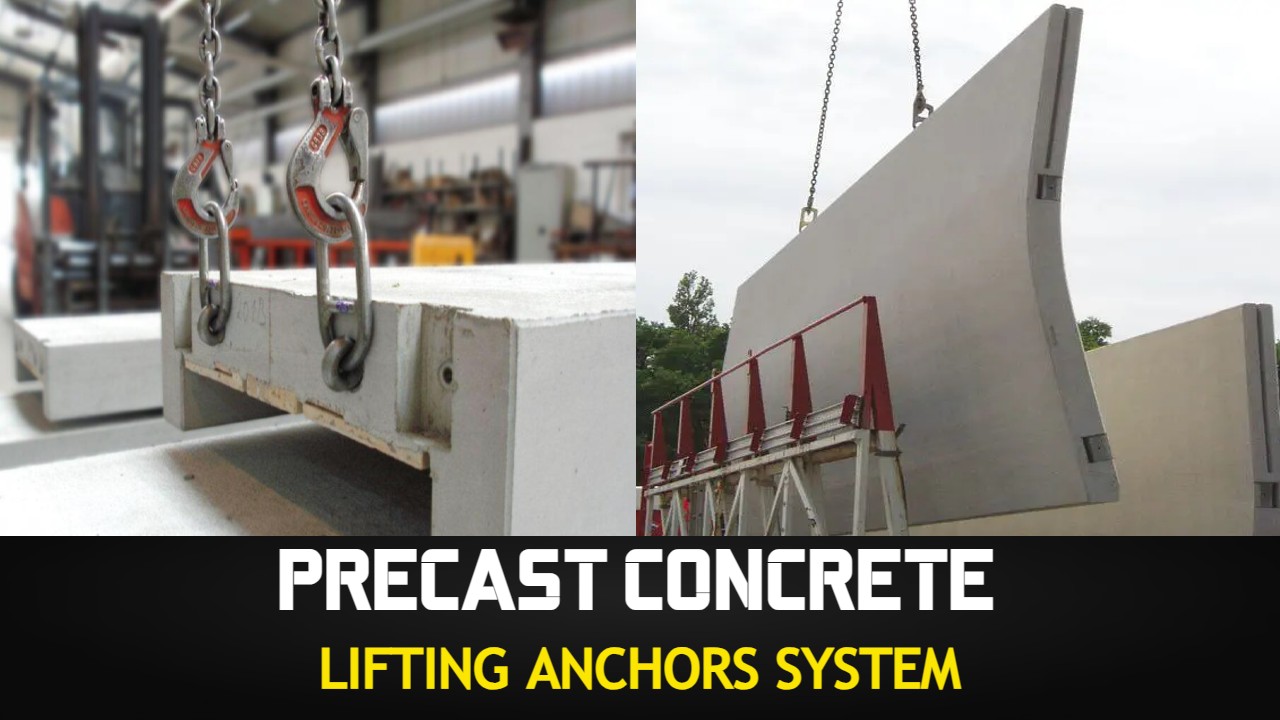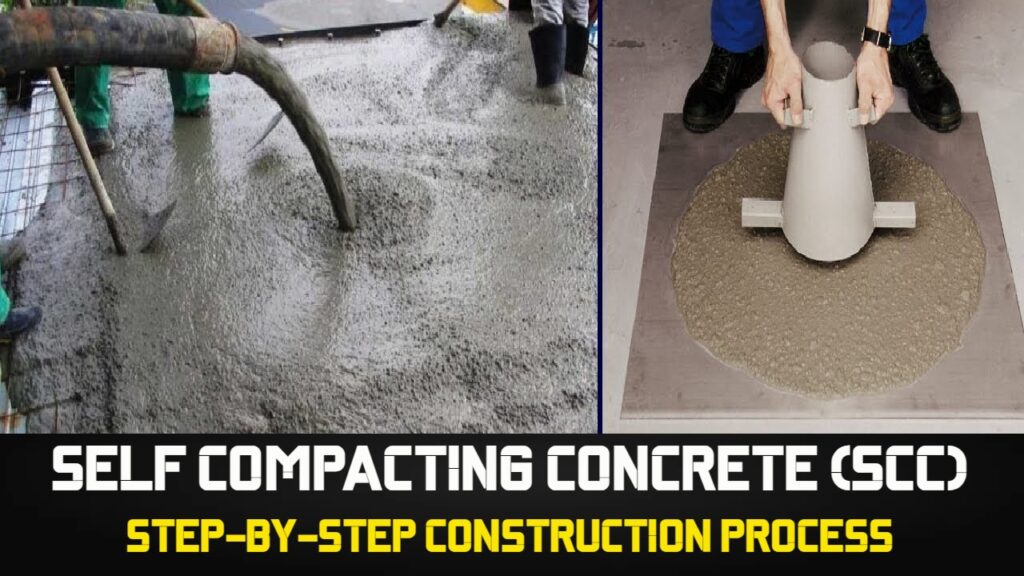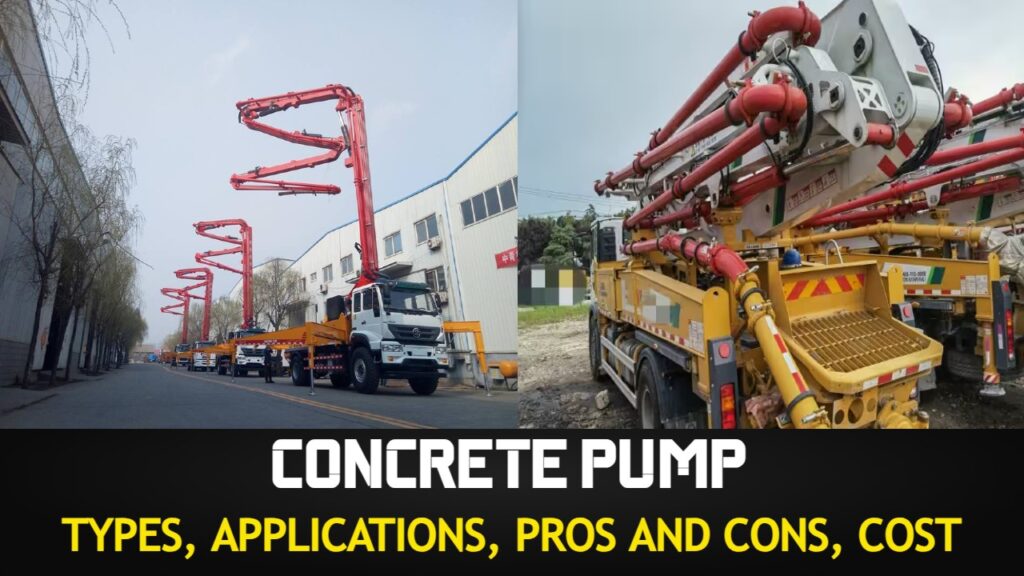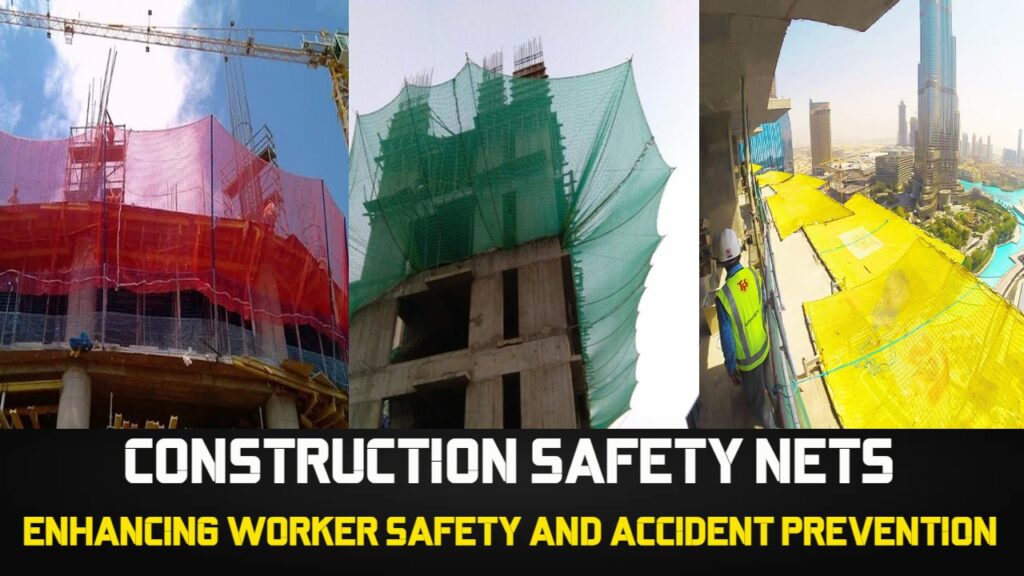Innovation is essential for improving efficiency and preserving structural integrity in the constantly changing area of building. The precast concrete lifting anchoring system is one such innovation that has had tremendous success. This technique provides a flexible and dependable method of lifting and moving precast concrete components. This article will examine the advantages, uses, and installation procedure of precast concrete lifting anchors, shining light on their contribution to a revolution in building techniques.
Contents
- 1 Importance of Lifting Anchors in Precast Concrete Construction
- 2 Understanding Precast Concrete Lifting Anchors
- 3 Types of Precast Concrete Lifting Anchors
- 4 Benefits of Precast Concrete Lifting Anchors
- 5 Installation Process of Precast Concrete Lifting Anchors
- 6 Applications of Precast Concrete Lifting Anchors
- 7 Ensuring Safety and Compliance
- 8 Environmental Sustainability of Precast Concrete Lifting Anchors
- 9 Conclusion
- 10 Frequently Asked Questions – FAQs
- 10.1 What are the weight limits for precast concrete lifting anchors?
- 10.2 Can precast concrete lifting anchors be reused?
- 10.3 Are there any specific design considerations for using lifting anchors?
- 10.4 Can lifting anchors be used in seismic zones?
- 10.5 Are precast concrete lifting anchors compatible with different concrete types?
Importance of Lifting Anchors in Precast Concrete Construction
Lifting anchors are essential in precast concrete construction, offering important benefits and guaranteeing the project’s success. The safe and effective lifting and transportation of precast concrete elements is made possible by these anchors. Understanding the value of lifting anchors and the beneficial effects they have on the entire project are essential to recognising their significance in precast concrete construction.
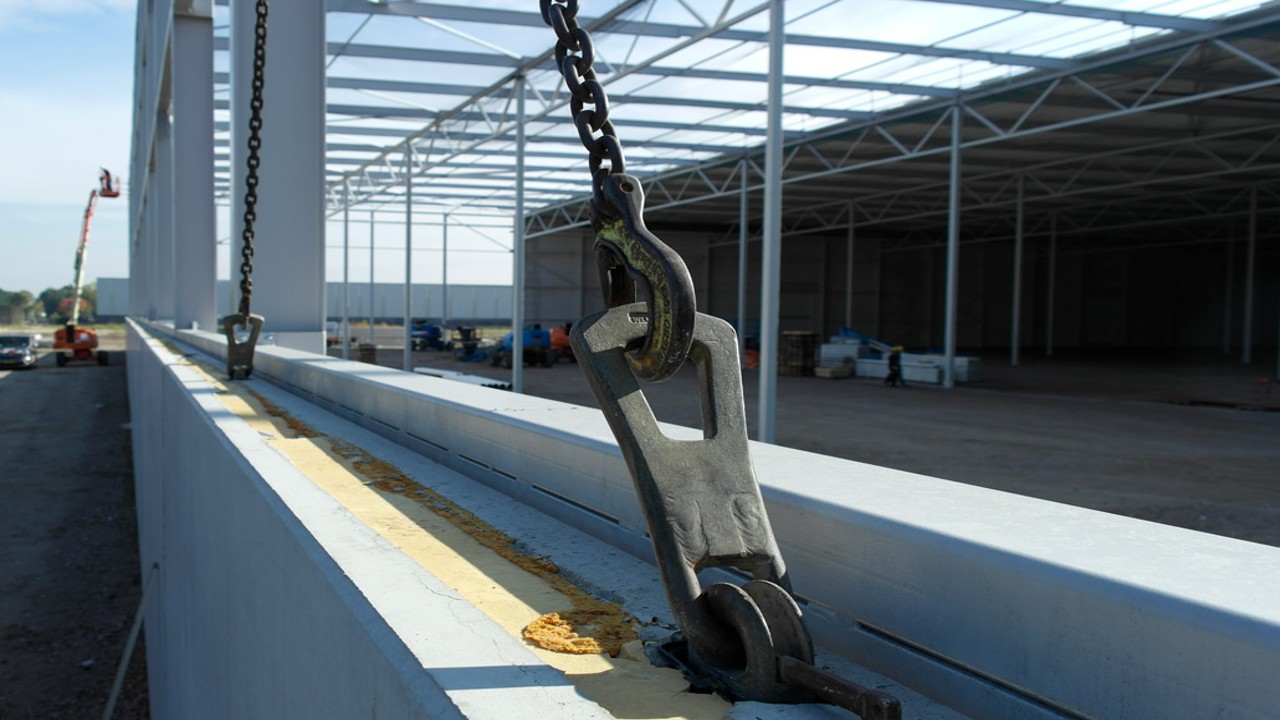
Safe and Controlled Lifting: The precast concrete components and the lifting machinery are connected safely by lifting anchors. They are built to handle enormous weights and guarantee that the components stay steady and undamaged when being lifted. Lifting anchors enable construction workers to move and transport precast components securely while reducing the possibility of mishaps, damage, or injury.
Efficiency and Time Savings: Lifting anchors further amplify the considerable time and financial advantages of precast concrete building. Precast pieces may be quickly and precisely positioned using lifting anchors, expediting the building process. Projects may be finished more rapidly with effective lifting and transporting, which lowers labour costs and boosts total production.
Flexibility and Design Freedom: For architects and engineers, lifting anchors offer flexibility and design freedom. They allow for creative precast element combinations, forms, and angles, enabling the construction of intricate and aesthetically arresting buildings. Having the capacity to safely lift and place these components allows architects to experiment with innovative ideas and realise their visions without sacrificing structural integrity.
Versatility and Adaptability: Lifting anchors come in a variety of forms and designs to meet the needs of diverse projects. Each variety, whether it be edge lift anchors, threaded inserts or recess formers, has certain advantages and qualities. This adaptability enables the effective lifting of various precast pieces, including walls, beams, columns, and panels, in a variety of sizes and shapes.
Quality Control and Compliance: Lifting anchor use assures compliance with building codes and quality control requirements. Builders may guarantee the structural integrity of the precast pieces and adhere to safety regulations by using certified lifting anchors that match industry standards. This aids in upholding high standards for building and fulfilling the necessary compliance requirements.
Sustainability and Reusability: Lifting anchors aid in environmentally friendly building techniques. They may be reused several times, cutting down on material waste and encouraging a more ecologically responsible method of building. Construction businesses may reduce their environmental effect and help create a more sustainable future by investing in strong, reusable lifting anchors.
Precast concrete construction is not complete without lifting anchors because they offer crucial assistance for safe and effective lifting, cost and time savings, flexibility in design, adherence to standards, and sustainability. building experts may optimise their building procedures and complete their precast concrete projects successfully by understanding the significance of lifting anchors.
Also Read: Tremix Flooring or VDF: Design, Installation, Benefits, Application, Costing
Understanding Precast Concrete Lifting Anchors
Precast concrete lifting anchors are specialized devices designed to be embedded or cast into precast concrete elements during the manufacturing process. Depending on the particular needs of the project, these anchors come in a variety of varieties, each with special characteristics and advantages.
Types of Precast Concrete Lifting Anchors
Precast concrete lifting anchors come in a variety of forms, each of which is created to satisfy particular needs and offer the best performance possible for lifting and transporting precast concrete components. It is crucial to comprehend the various lifting anchor types in order to choose the best anchor for the project. Here are a few types of lifting anchors for precast concrete that are often used:
Threaded Inserts: Widely used lifting anchors with a threaded end are known as threaded inserts. These anchors are set by casting them into the precast concrete component with the exposed threaded part enabling simple lifting device connection. The outstanding load-bearing capability of threaded inserts makes them appropriate for a variety of applications.
Recess Formers: Lifting anchors known as recess formers make holes or recesses in precast concrete elements during the casting process. The precast parts may be lifted and handled more easily thanks to these grooves, which enable the attachment of lifting clutches or hooks. For concrete pieces that need additional care when being lifted because they are thin or delicate, recess formers are very helpful.
Edge Lift Anchors: Edge lift anchors are made to be inserted into the concrete precast pieces’ edges. These anchors have a strong load-bearing capability and give a safe connecting point for lifting. Large, heavy precast pieces are particularly well suited for edge lift anchors, which ensure controlled and safe lifting.
Spherical Head Anchors: Spherical head anchors have a head that is spherical in form and offers a solid connection for lifting. The spherical head supports various lifting configurations with a flexible range of lifting angles. These anchors are frequently employed in situations when lifting orientation flexibility is necessary.
Cross Bar Anchors: A central bar or rod that is inserted in the precast concrete component makes up cross bar anchors. In order to improve stability and load distribution during lifting operations, the cross bar offers various connection points for lifting clutches or hooks. Cross bar anchors are frequently utilised when more lifting points are required.
Plate Anchors: Plate anchors are lifting mechanisms that are cast into the precast concrete component and are flat and plate-like. Typically, these anchors include several slots or holes for connecting lifting equipment. Plate anchors provide a dependable and solid lifting connection that ensures stability and safety during transport.
It is crucial to remember that choosing the right kind of lifting anchor requires taking into account several elements, including the weight and size of the precast concrete piece, the lifting requirements, and compatibility with the lifting equipment. The best lifting anchor type for a particular precast concrete building project may be chosen by consulting structural experts and following industry norms and recommendations.
Also Read: Steel Beam Retaining Wall: A Sturdy Solution for Structural Stability
Benefits of Precast Concrete Lifting Anchors
When using precast components in building projects, precast concrete lifting anchors provide a number of advantages. These anchors offer a variety of benefits that improve the effectiveness, safety, and design flexibility of the building process since they are particularly made for lifting and moving precast concrete components. Precast concrete lifting anchors offer the following major advantages:
Enhanced Efficiency and Time Savings: Construction projects may drastically cut installation time and labour costs by using precast concrete lifting anchors. These anchors’ simplified lifting procedure makes it possible to quickly and precisely position precast pieces, speeding up the building process as a whole.
Improved Safety Measures: Lifting anchors minimise the possibility of accidents or structural failures during transportation by ensuring a safe and solid connection between the precast pieces and lifting equipment. Workers and the integrity of the precast pieces are both safeguarded by this higher safety factor.
Flexibility in Design and Placement: Design versatility provided by precast concrete lifting anchors enables architects and engineers to produce complicated and aesthetically stunning structures. The anchors may be placed strategically to achieve ideal weight distribution and to allow different lifting orientations, expanding the design options.
Versatility in Application: A broad variety of precast concrete components, such as walls, beams, columns, and architectural features, can be supported by lifting anchors. They are the perfect option for a variety of construction projects, from residential structures to infrastructural improvements, thanks to their adaptability.
Cost Effectiveness: The use of lifting anchors made of precast concrete helps reduce building costs. These anchors minimise the labour needed, resulting in lower labour costs, by expediting the lifting and installation of precast pieces. They are also a long-term cost-effective option due to their resilience and reusability.
Durability and Strength: Lifting anchors are made to withstand large weights and offer dependable support while precast pieces are being lifted and transported. Because they are made with high-quality materials, they will last a long time and function well in tough construction conditions.
Quality Control and Standardization: During manufacture, precast concrete lifting anchors are subjected to stringent quality control procedures. As a result, the precast elements’ overall quality and dependability are improved since they are guaranteed to fulfil industry standards and performance requirements.
Environmental Sustainability: Precast concrete lifting anchors are used, which benefits the ecology. These anchors lower material waste and energy use by encouraging effective building techniques. Additionally, their reusability lessens the demand for fresh anchor manufacture, lowering the manufacturing process’ environmental effect.
Precast concrete lifting anchors offer greater performance, increased safety, flexible design options, cost efficiency, robustness, and environmental sustainability. Due to these advantages, they are an essential part of precast concrete construction, allowing for the successful completion of projects while upholding high standards and fulfilling the requirements of contemporary construction practises.
Installation Process of Precast Concrete Lifting Anchors
Precast concrete lifting anchors must be installed properly to ensure both their correct operation and the secure lifting and transportation of precast components. The steps that make up a standard installation process for lifting anchors are as follows:
Planning and Design: Carefully planning the placement of the lifting anchors based on the project requirements and structural design is essential prior to installation. It is crucial to consult with structural experts and follow the project requirements.
Preparing the Molds: In the production of precast concrete, the moulds or formwork must be ready to receive the lifting anchors. To ensure that the anchors are properly inserted into the precast pieces, this includes carefully situating them within the moulds.
Anchor Placement: After the moulds are prepared, the lifting anchors are meticulously placed within the moulds at the desired positions. To keep the anchors in the correct alignment during the concrete casting process, they should be firmly secured or supported.
Concrete Casting: After that, the precast concrete mixture is poured into the moulds, making sure to completely cover and encase the lifting anchors. During the casting process, care should be given to avoid movement or misalignment of the anchors.
Curing and Setting: The concrete undergoes a curing process after it is poured to give it strength and stability. Depending on the particular concrete mix and external factors, the curing period may change. To guarantee that the correct level of concrete strength is reached, it is crucial to follow the proper curing methods.
Demolding: The precast pieces are demolded once the concrete has adequately hardened and reached the appropriate strength. The lifting anchors should be handled with extra care to prevent damage.
Inspection and Quality Control: To make sure the lifting anchors are securely inserted and embedded properly, a comprehensive check of the precast parts containing the anchors is required. This procedure certifies the elements’ appropriateness for lifting and transportation while ensuring conformity with quality control criteria.
It is important to keep in mind that the precise installation procedure may change based on the kind and form of the lifting anchors as well as the needs of the particular project. To guarantee the correct installation and operation of the lifting anchors in precast concrete construction, it is essential to adhere to manufacturer requirements and industry best practises.
Applications of Precast Concrete Lifting Anchors
Precast concrete lifting anchors are used in a variety of construction projects where precast parts are used. These anchors offer a dependable and effective way to lift, move, and secure precast concrete parts. Common uses for precast concrete lifting anchors include the following:
Building Construction: In building construction projects that make use of precast concrete components including walls, beams, columns and slabs, lifting anchors are frequently employed. They facilitate the safe and exact placement of these components during installation, cutting down on both labour costs and construction time.
Infrastructure Development: In infrastructure projects like bridges, tunnels, and roads, lifting anchors are essential. They are used to raise and orient precast concrete components such barrier walls, tunnel segments, and bridge segments. Lifting anchors are used to ensure effective installation and improve the entire building process.
Architectural Applications: When precast parts are employed in architectural applications to produce complicated and aesthetically pleasing patterns, lifting anchors are utilised. These uses include cladding systems, ornamental elements, façade panels, and artistic works. These architectural components may be attached securely and with precision thanks to the lifting anchors.
Industrial and Commercial Construction: Precast concrete lifting anchors are used to handle and position massive precast pieces in commercial and industrial construction projects. Precast floors, stairs, wall panels, and parts for warehouses, factories, and retail structures are included in this. These substantial pieces are handled effectively and safely thanks to the lifting anchors.
Modular Construction: In modular construction, where precast pieces are produced off-site and installed on-site, lifting anchors are a crucial component. Prefabricated bathrooms, modular homes, and modular construction components may be transported and assembled with the help of these anchors.
Utility and Infrastructure Installations: In utility and infrastructure projects, such as precast manholes, precast culverts, precast utility vaults, and precast drainage systems, lifting anchors are used. These anchors make it possible to safely lift and position these large utility parts, resulting in effective installation and little interruption to existing infrastructure.
Marine and Coastal Projects: In maritime and coastal building projects like seawalls, breakwaters, and offshore constructions, lifting anchors are used. These anchors offer stability and endurance in harsh maritime conditions and are utilised to lift and install precast pieces for these projects.
Renovation and Retrofitting: In projects involving rehabilitation and retrofitting, when precast pieces are utilised to improve or alter existing structures, lifting anchors are also utilised. They ensure the structural integrity of the refurbished or adapted structure by enabling the safe handling and installation of these components.
Precast concrete lifting anchors are essential in a variety of construction applications due to their dependability and adaptability. They contribute to the effective execution of projects using precast concrete pieces by offering efficiency, safety, and design flexibility.
Ensuring Safety and Compliance
Quality Control Measures: Rigid quality control procedures should be applied throughout the production and installation stages to guarantee the effectiveness and dependability of precast concrete lifting anchors. Regular testing and inspections assist find any possible problems and guarantee industry standards are being met.
Load Capacity Considerations: To avoid overloading and to guarantee the structural integrity of the precast pieces, load capacity calculations are essential. Lifting anchors must be chosen with the proper load capabilities based on an accurate assessment of the predicted loads by design engineers.
Regular Inspections and Maintenance: Precast concrete lifting anchors must be regularly inspected and maintained in order to last longer. To preserve maximum performance and safety, any evidence of wear, corrosion, or damage should be immediately remedied.
Environmental Sustainability of Precast Concrete Lifting Anchors
Precast concrete lifting anchors’ environmental sustainability is a crucial factor to take into account in building projects. These anchors support green building techniques in a number of ways, including:
Reduced Material Waste: Precast concrete lifting anchors are made to last and be reused. These anchors may be used in building projects to lessen the requirement for fresh anchor manufacture, which lowers material waste. Reusing lifting anchors across several projects lessens the total environmental effect of producing new anchors.
Energy Efficiency: Energy efficiency in building operations is promoted by the use of precast concrete lifting anchors. These anchors aid in lowering the amount of energy used during construction by expediting the lifting and transportation of precast pieces. When compared to on-site casting techniques, which might be more energy-intensive, this efficiency is especially noteworthy.
Lower Carbon Footprint: When compared to other building techniques, precast concrete lifting anchors have a smaller carbon impact. The requirement for on-site concrete casting and its related emissions are decreased by the off-site production of precast parts and lifting anchors. Precast production takes place in a regulated industrial setting that improves quality control and resource management, further lowering its environmental effect.
Resource Conservation: Lifting anchors make it possible to utilise precast concrete components effectively, reducing material waste and maximising resource utilisation. The optimal use of precast pieces is ensured by these anchors’ exact location and secure connection, which lowers the demand for extra materials. Natural resource extraction is minimised because to this resource conservation, which promotes sustainable building techniques.
Longevity and Durability: Precast concrete lifting anchors are made to last for a very long time. The lifespan of precast elements is ensured by the use of strong anchors, which lowers the frequency of replacement or repair. This durability minimises material waste during a structure’s lifetime and supports sustainable building by using fewer resources.
Reduced Construction Disruption: Construction may proceed more quickly and with less interruption on the job site by using precast concrete pieces with lifting anchors. Compared to conventional on-site casting, precast production procedures are less damaging to the surrounding environment. Precast components and lifting anchors speed up construction and reduce noise, dust and traffic jams, making for a more ecologically friendly building process.
Builders may support sustainable practises, such as waste reduction, energy efficiency, a smaller carbon footprint, resource conservation, and little construction interruption, by adding precast concrete lifting anchors into their projects. These anchors complement the principles of sustainable building by offering a safe, effective, and ecologically friendly method for lifting and transporting precast pieces.
Conclusion
Precast concrete lifting anchors are a great way for builders to support sustainable practises including waste reduction, energy efficiency, a smaller carbon footprint, resource conservation, and little interruption during construction. These anchors complement the principles of sustainable building by offering a safe, effective option for lifting and transporting precast pieces that is also ecologically friendly.
Frequently Asked Questions – FAQs
What are the weight limits for precast concrete lifting anchors?
Depending on the kind and configuration of the anchor, different weight restrictions apply to precast concrete lifting anchors. For precise load capacity information, it is critical to refer to the manufacturer’s specifications and technical recommendations.
Can precast concrete lifting anchors be reused?
Yes, Numerous lifting anchors made of precast concrete are multipurpose. To guarantee their safe usage, proper inspection, upkeep, and adherence to manufacturing specifications are crucial.
Are there any specific design considerations for using lifting anchors?
Considerations including load distribution, lifting points, and anchor location must be taken into account when introducing lifting anchors into precast concrete systems. To get the best design integration, structural engineers and architects must work together.
Can lifting anchors be used in seismic zones?
Yes, lifting anchors can be used in seismic zones. However, additional design considerations and reinforcement measures may be necessary to ensure the structural stability and integrity of precast elements during seismic events.
Are precast concrete lifting anchors compatible with different concrete types?
Yes, Regular concrete, reinforced concrete, and lightweight concrete can all be used in conjunction with precast concrete lifting anchors. It is crucial to choose anchors that are appropriate for the particular type of concrete and intended use.
